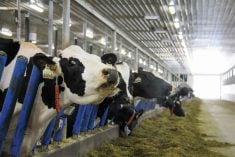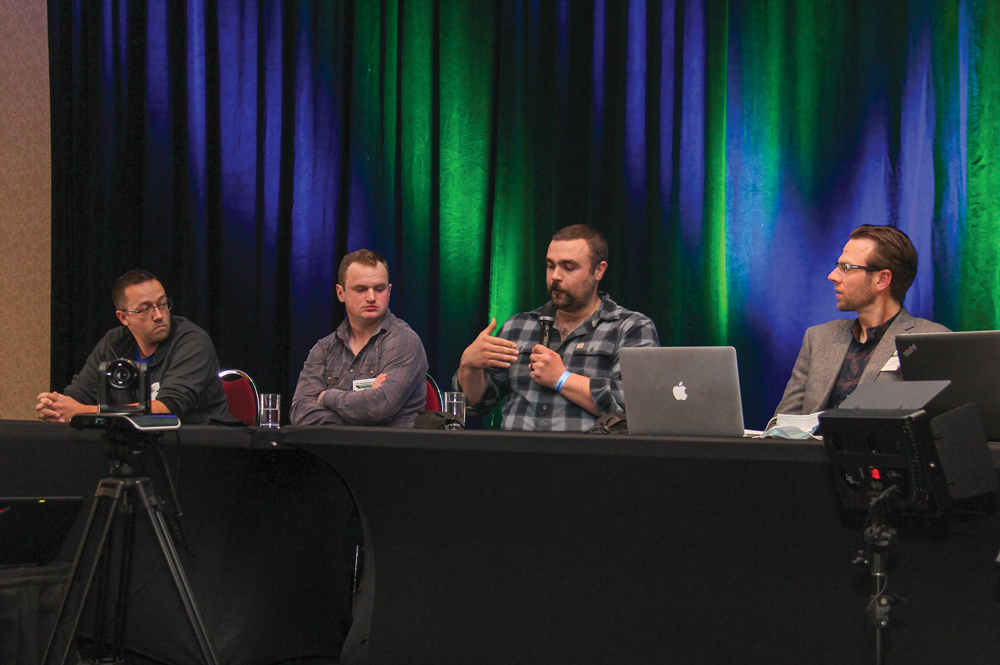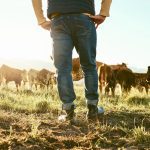The prospect of more imported dairy products flooding into Canadian dairy markets has local dairy farmers debating a tricky conundrum.
How do they position themselves to compete on the basis of quality without fearmongering over production practices south of the border?
American producers use recombinant bovine somatotropin (rBST) to boost milk production, which has never been approved for use in Canada.
During a recent Dairy Farmers of Manitoba (DFM) meeting held in Headingley, producers considered how to promote their product on the basis of quality without pointing to that difference in how their milk is produced.
Read Also

Linebreeding horses drives genetic bottlenecks
Too much linebreeding and prioritizing pedigree can narrow genetic diversity and lead to horse health problems in future generations.
Fast-food giants such as A&W have taken to promoting their products as being hormone free, a sales strategy that is working, but which has alienated producers using conventional production practices.
DFM said it won’t be pointing to the use of rBST south of the border to build its brand.
“You’re way better off to talk about the positive values,” said vice-chair Henry Holtmann. “Versus saying what is coming in is bad for you… It’s way better to talk about Canadian values, and say our quality is higher than anyone else. We want to promote the good things our farmers do, and that is reflected in our milk and our dairy products.”
The strategy is influenced by the seemingly long-standing country-of-origin labelling (COOL) dispute between Canada and the U.S. While the World Trade Organization has ruled in Canada’s favour four times, the U.S. continues to hold firm as Canada prepares to take retaliatory measures.
“We just came though COOL labelling on the hog side, so to say we want a COOL-type of labelling on this side — well it’s a very touchy subject,” Holtmann said. “We just tried to remove that impediment for our hog producers and we don’t want to pit one industry against another.”
Some producers at the meeting felt that fewer Canadians would include cheese on their cross-border shopping lists if they knew the differences between how milk was produced in the U.S. and in Canada.
“People do this all the time, they go and bring back cheese,” said John Bannister, who farms near Lockport. “But if you mention it to the people who are doing it, they always say it’s cheaper in the States. Now they would stop if they knew it was raised with it. But very often they don’t know, they just see it in the shops and know that it’s cheaper, so they buy it.”
He added that the same goes for products sold in Canadian stores that contain imported dairy ingredients.
Holtmann said that he wants consumers to know about the differences in production, but that he also wants to keep things positive by focusing on Canada’s strengths and values.
That means letting consumers know how to spot 100 per cent Canadian dairy products using Dairy Farmers of Canada’s trademark Blue Cow logo, Holtmann said.
It also means backing the Blue Cow up with ProAction — a nationwide accreditation program for dairy producers — that consolidates a wide variety of best management practices together under one umbrella, something which industry representatives believe will streamline auditing and inspection processes for farmers.
It will also allow consumers to verify claims made by the industry and learn more about where their milk comes from.
“We know there is that difference between the two countries… and we know that there are these ingredients coming in from other countries and being incorporated into some of the products here,” said Holtmann. “But those ingredients certainly aren’t in the Blue Cow products. So you know we would rather tackle it from the positive side with the Blue Cow label… instead of saying this is bad and using fear.”
Bannister would like a little more direct approach.
“I think it’s got to be advertised more, and it’s got to be bigger, people need to see it,” he said.
But while it’s not the direct route, Holtmann believes the positive sell will be the most effective strategy in the long haul.
“We know there is value in that, it’s just a matter to get more of the Blue Cow on there and getting consumers informed. But we want to inform them without putting fear in their hearts,” he said.




![“When we started LPI, this formula [was] very simple to use and simple to interpret.” – Brian Van Doormal, Lactanet.](https://static.manitobacooperator.ca/wp-content/uploads/2023/11/29161835/Jersey_Cow_on_a_sunny_afternoon_GettyImages-95742205_cmyk-235x157.jpg)










